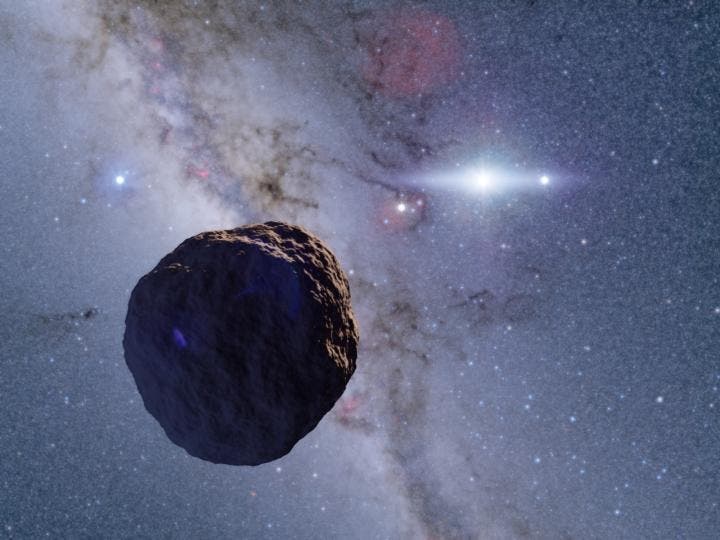You might think that astronomy is restricted only to extremely powerful equipment and large teams — but it turns out that’s not always the case. Sometimes, little projects can have great achievements, too.
In this case, astronomers from the National Astronomical Observatory in Tokyo have discovered an object with a radius of only 1.3 kilometers, which lies a whopping 5 billion kilometers from Earth, in the so-called Kuiper Belt, near the outer edge of the solar system. To make it even better, the project’s price tag wasn’t astronomic, it was extremely cheap.
“We got top-notch results thanks largely to our ideas. Even little guys can beat giants,” said a team member.

The Kuiper Belt is a circumstellar disc in the outer Solar System, extending from the orbit of Neptune. Pluto lies in the Kuiper Belt. The belt is also home to some of the oldest rocks in the solar system, and astronomers have long theorized that there are many small, kilometer-sized objects there, but no one’s ever found one. Until now, that is.
Researchers used a technique called “occultation,” which is fairly common in astronomy (with various setups). The method entails observing a large number of stars and noting every time an object passes in front of them, dimming their light in the process. The Japanese team placed two small (28 cm) telescopes on the roof of the Miyako open-air school on the Okinawa Prefecture, Japan, and monitored approximately 2.000 stars for a total of 60 hours. They managed to deduct the existence of a small object
The astronomers used 11-inch Celestron telescopes, which are worth about $3,000 each, as well as specialized cameras and astrographs. The whole project cost just a bit over $30,000.
“Our team had less than 0.3 percent of the budget of large international projects,” he added. “We didn’t even have enough money to build a second dome to protect our second telescope,” said Arimasu. The team also has even more ambitious goals.
“Now that we know our system works, we will investigate the Edgeworth-Kuiper Belt in more detail. We also have our sights set on the still undiscovered Oort Cloud out beyond that.”
Arimatsu also says that in addition to confirming a longstanding theory and filling an important knowledge gap, this also paves the way for more studies by teams with smaller budgets.
“The new (observation) method can broaden research projects by making them easier to join for amateurs and others.”
The study has been published in Nature Astronomy.






